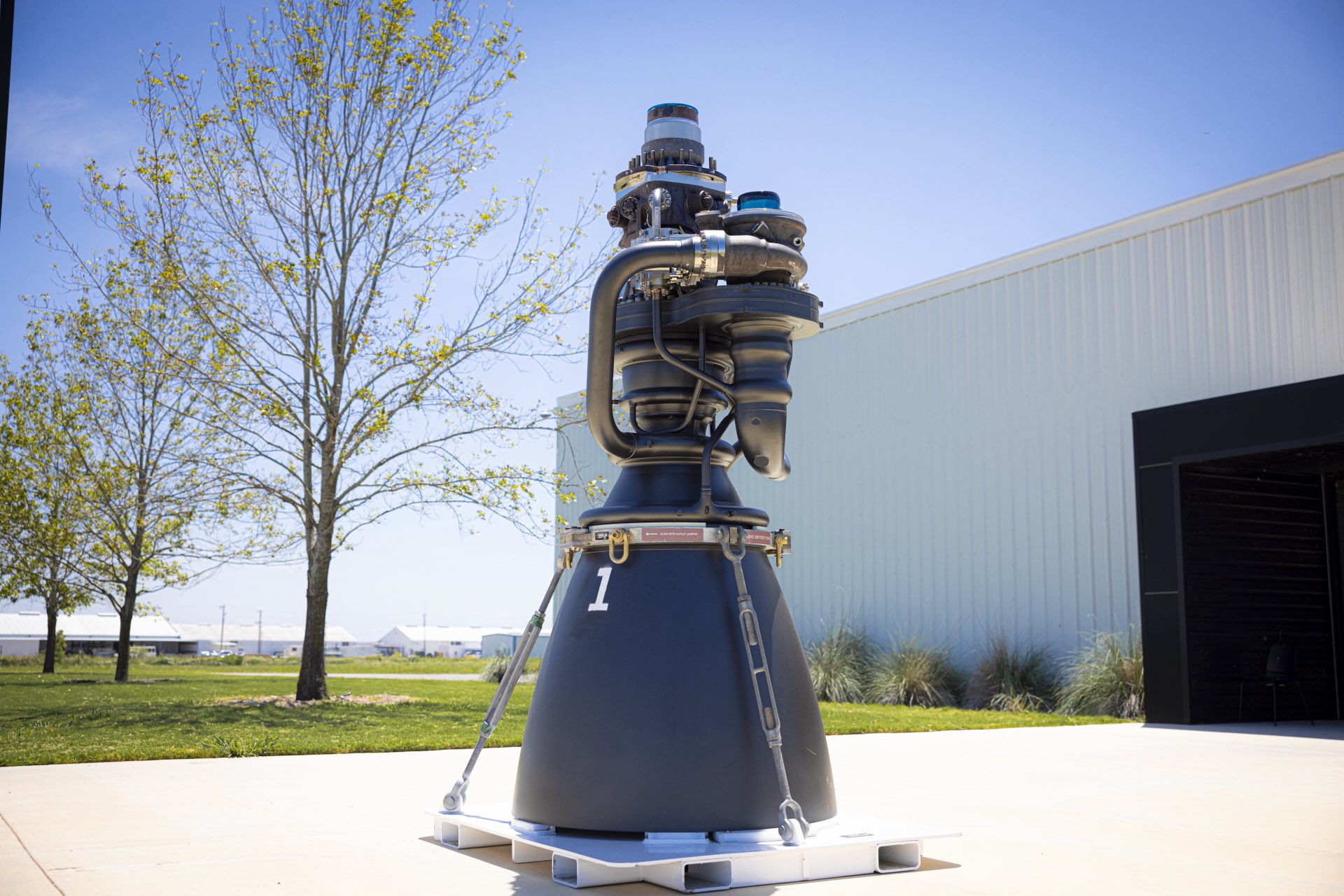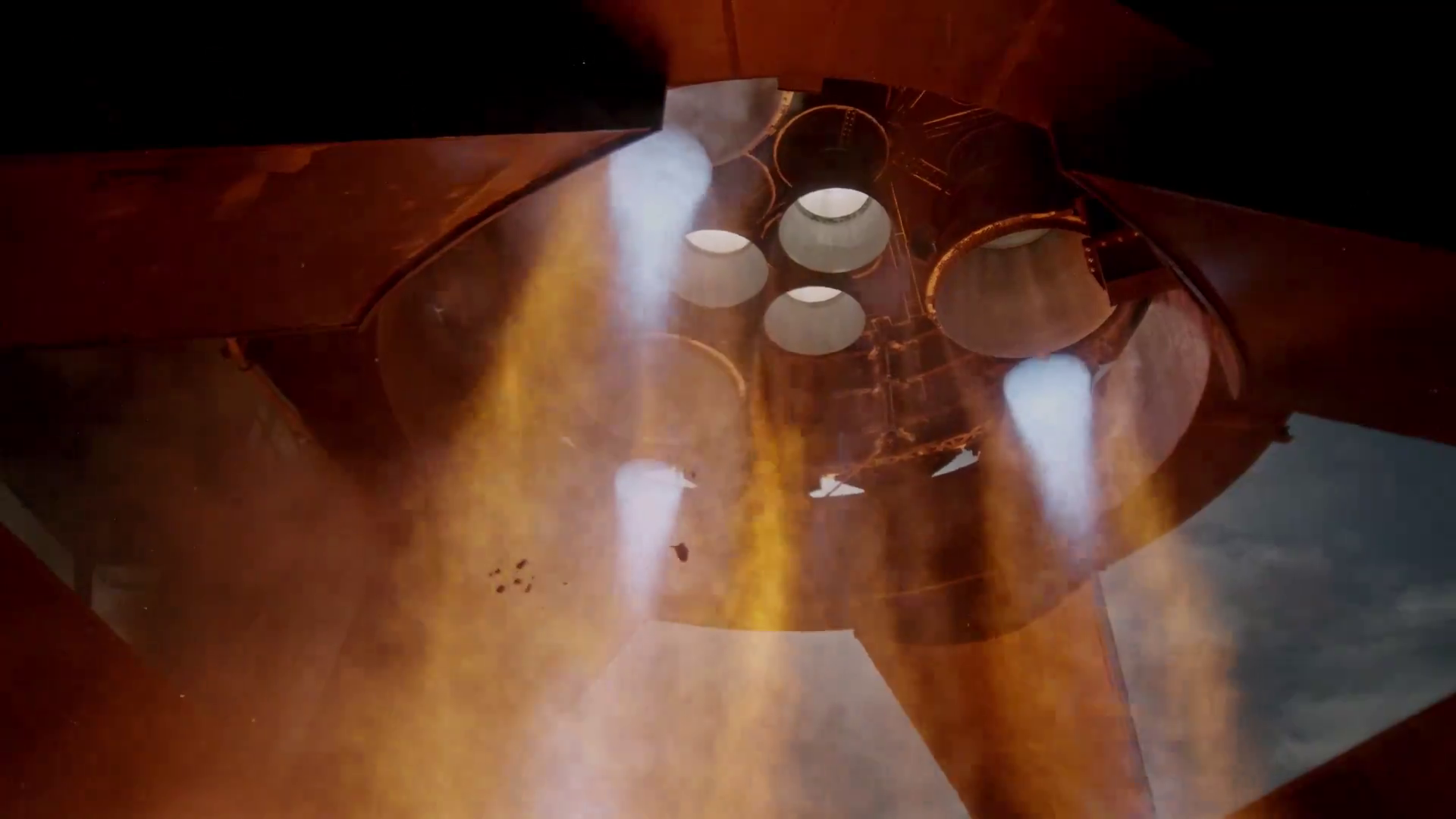With each flight of Starship and the Super Heavy booster, we get closer to our goal of making life multiplanetary. The most important advancement to make this happen is full and rapid reusability of the entire launch system, operating Starship like an airplane which is fully and rapidly reusable after each flight. To do this, we have designed Starship’s upper stage and the Super Heavy booster to be capable of returning to the launch site. The returning vehicles will slow down from supersonic speeds, resulting in audible sonic booms in the area around the return location.
A sonic boom is a brief, thunder-like noise a person on the ground hears when an aircraft or other object travels faster than the speed of sound. As a fast-moving object travels through the air, it pushes the air aside and creates a wave of pressure which eventually reaches the ground. The change in air pressure associated with a sonic boom, known as overpressure, increases only a few pounds per square foot. A person could experience a similar pressure change by riding down several floors in an elevator. What makes sonic booms audible is the quick speeds at which the pressure change occurs.
Generally, the only impact to those in the surrounding area of a sonic boom is the brief noise. There are many variables that determine the impact of sonic booms, including the mass, shape and size of the object traveling at high speeds, along with its altitude and flight path. External factors like weather conditions can also affect the intensity of a sonic boom. The strongest effects of the sonic boom’s pressure change are localized to the area directly beneath the vehicle, concentrated under the rocket’s flight path and the landing site.
Sonic booms in spaceflight have typically only been experienced by observers on Earth when encountering vehicles designed to be reused, such as SpaceX’s Falcon family of rockets. When the first stage booster of a Falcon rocket returns for landing, its size and speed generate multiple sonic booms heard on the ground as a double clap of thunder. Similar sonic booms were heard during the return and landing of the NASA’s space shuttle. In each case, the sonic boom marks the end of just one in a series of missions for the vehicle returning from flight.
Data gathered from the first ever Super Heavy landing burn and splashdown on Starship’s fourth flight test indicates that while Super Heavy’s sonic boom will be more powerful than those generated by Falcon landings, it does not pose any risk of injury to those in the surrounding areas. The strongest effects will be localized to the area immediately around the Starbase launch pad. This area is cleared well in advance of launch and has been rigorously designed to withstand the environments of launching and returning the most powerful rocket ever flown.
Sonic booms announce the return of rockets and spacecraft built to be reused. With Starship, they’ll signal the arrival of a rapidly reusable future in spaceflight to travel to Earth orbit, the Moon, Mars, and beyond.



